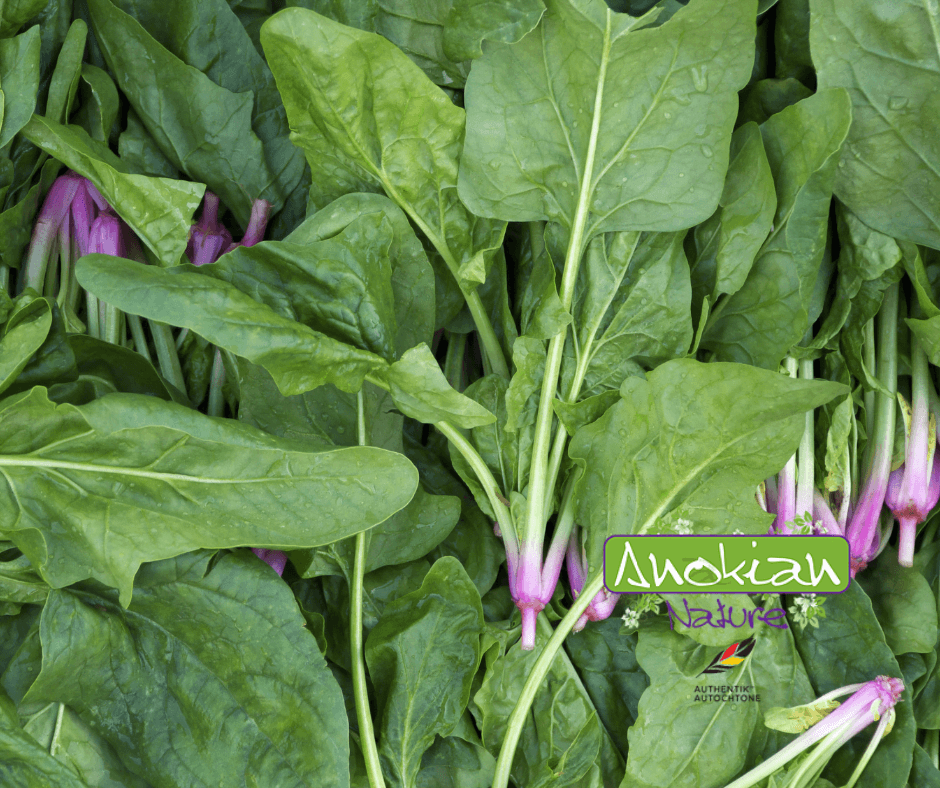Skip to product information










Seed | Japanese Spinach
$3.99 CAD
Quantity
Japanese spinach (Horenso) seeds selected for their optimal yield and resistance. Nutrient-rich, dark green foliage is ideal for spring and fall crops in Canadian climates. Fast harvest and vigorous growth.